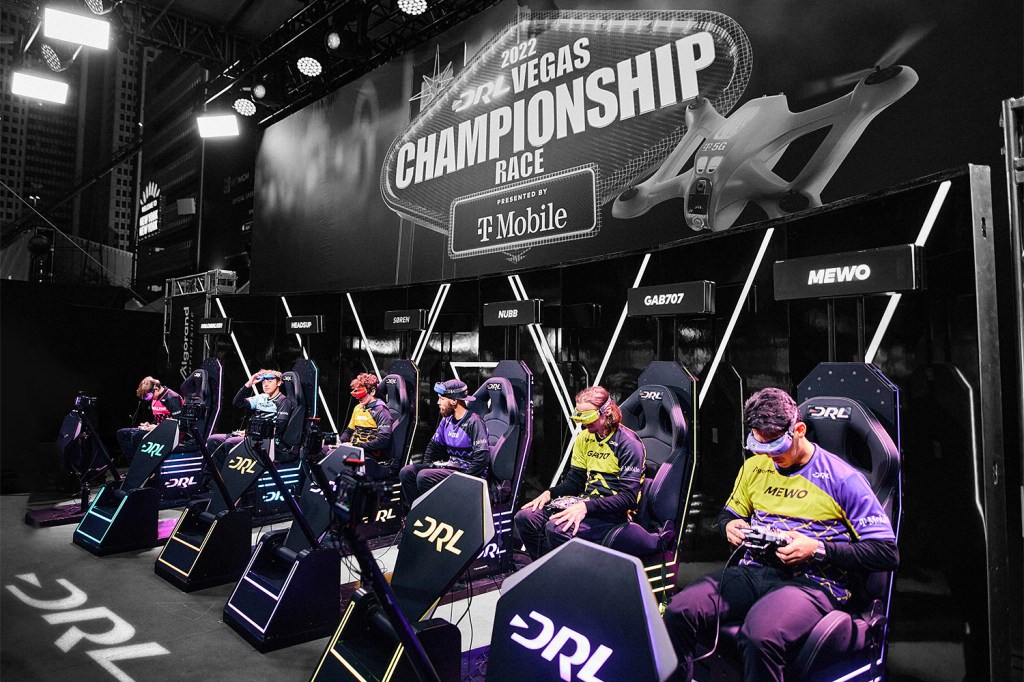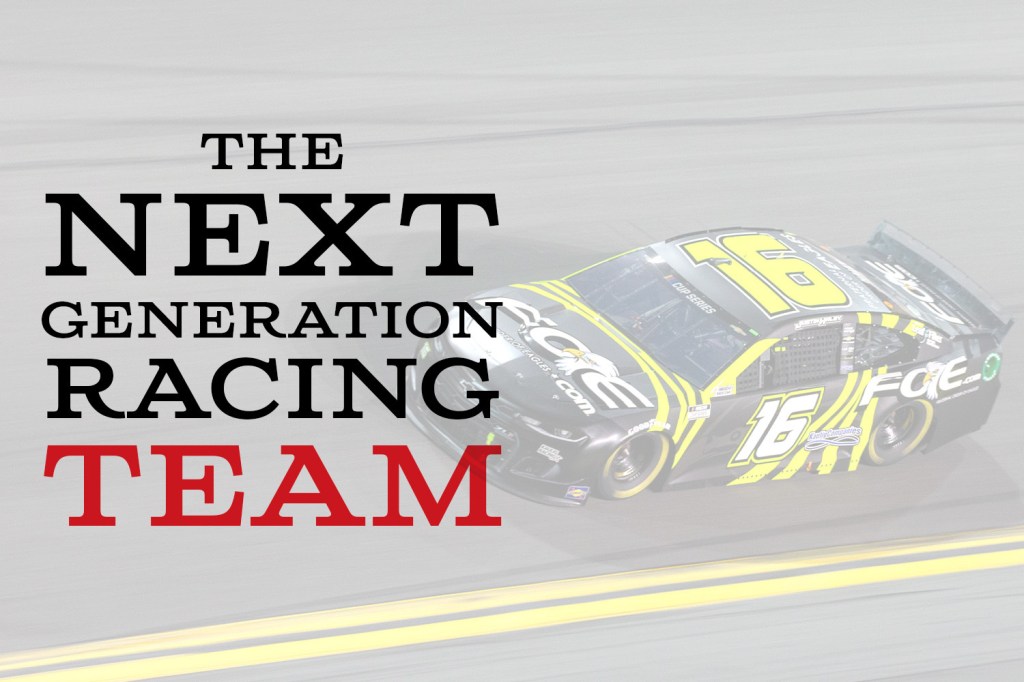The first couple years of the 2020s have made it clear that certain elements of culture will likely be inextricable from the future of sports, namely: tech, gaming, and cryptocurrency.
New York-based Drone Racing League represents a convergence of all of the above.
Founded in 2015, the international drone racing competition is experiencing a rapid ascent uncharacteristic of sports leagues that one would normally categorize as niche.
The league’s 2021-22 championship race was held in Las Vegas in January and aired on NBC and Twitter in February. It was the culmination of a season where the league says it doubled its global broadcast reach to more than 250 million households across 13 sports networks.
“We’re enthusiastic about the success and growth that Drone Racing League has seen across our NBC Sports platforms since our partnership began in 2019,” Gary Quinn, the network’s Vice President of Programming & Owned Properties, noted via email.
The league says the championship race that aired on Feb. 20 was viewed by 21.1 million people worldwide on Twitter. The numbers seemed surprisingly high to me, knowing that, for example, the 2021 NBA Finals on ABC only averaged 9.91 million viewers.
Even when considering that the DRL figure was tallied across the globe and that there’s probably a less stringent viewership methodology on Twitter, how the hell are so many people watching Drone Racing League?
The answer lies in DRL’s appeal to an audience that extends beyond traditional sports fans. The league calls these individuals “tech-setters” — folks who you’d more likely find watching gameplay videos of “Elden Ring” this weekend than James Harden’s Philadelphia 76ers debut.
“You look at our fan base and 70% of our fans don’t engage with the big five sports,” Drone Racing League founder and CEO Nicholas Horbaczewski told me on a Zoom call. “They love tech, they love video games, they love content, and we’re providing this sport that’s really relevant to their interest set.”
High-Profile Partners
If you’re having a hard time visualizing what the sport looks like, imagine the pod racing scene from “Star Wars: Episode I,” shrink the competing vehicles down to drone size, and move the location from Tatooine to a venue like the FedExForum in Memphis (where the league hosted a Christmas Day race) or the Las Vegas Strip, site of this season’s championship events.
Each drone is covered in LED lights that heighten visibility and create a neon spectacle as the aircrafts race through checkpoint gates at more than 80 miles per hour while their pilots operate them with controllers and first-person view headsets from a nearby location.
“To date, we’ve closed over $80 million in funding. Our last funding round was our Series C, which we closed in 2019,” Horbaczewski said. Some of the league’s standout investors from the sports world include WWE and Liberty Media, owner of Formula 1 and the Atlanta Braves.
T-Mobile is a partner and investor through its T-Mobile Ventures fund; the brand collaborates with DRL on 5G-powered drone tech. Amy Azzi, T-Mobile’s senior director of sports marketing and partnerships, told me that the company considers drones “one of the most compelling and entertaining areas we see potential.”
A who’s who of prominent entities across a wide range of industries share the same sentiment.
Insurance giant Allianz, drone solutions business Draganfly, the United States Air Force, play-to-earn blockchain game developer Playground Labs, leading video game accessories maker Nacon Gaming, and data company Genius Sports have all signed up to work with DRL.
Racing Into The Future
“I’m waking up myopically focused on our growth trajectory and what is the most accelerated path to being a mainstream sport and billion-dollar business,” Drone Racing League president Rachel Jacobson told me over Zoom, listing the league’s accomplishments in quick succession.
“We became the first aerial sport that you can bet on,” she noted, referencing the league’s partnership with DraftKings. She’s visibly proud of the league’s growth on TikTok — 400% in the past year. With 3.4 million followers, DRL has surpassed MLS and NHL in audience size on the platform and is knocking on MLB’s door.
“Nobody’s standing in our way,” Jacobson, a former NBA executive, reiterates. “We’ve found a unique opportunity with a generation of new sports fans that love technology.”
Perhaps the league’s biggest move came last fall when it struck a five-year deal with blockchain platform Algorand for a reported $100 million. When DRL builds crypto-based video games with Playground Labs, they will be on Algorand.
“Drone Racing League is top to bottom able to embrace these new technologies,” Algorand COO Sean Ford told me over the phone. “Algorand can help activate a number of these new, exciting fan engagement models, gaming models, NFT, Web 3, and metaverse models.”
A Long-Term Investment
As a famous rapper and fashion mogul once said, “Listen to the kids, bro!”
One of the ways the Drone Racing League is doing that is by equipping young, curious minds with the tools needed to learn more about drones and, ultimately, build, code, and fly them.
Apple co-founder and all-around tech legend Steve Wozniak, known affectionately as “Woz,” is introducing a “Science of Drone Racing” STEM program for middle school students in 2022 through his Woz ED education organization. DRL is helping to design the curriculum.
“Within the next decade, DRL pilots will be viewed as athletes that kids around the globe look up to and want to be…their sport will be integrating new, emerging technology that isn’t even being imagined today,” Wozniak said in an email, adding that the league is innovating “at the speed and precision that you see at the world’s most renowned technology companies.”
Earlier this week, Allied Market Research released a report estimating that the commercial drone market will reach $21.7 billion by 2030 — up from $2.7 billion in 2020.
It’s clear that the Drone Racing League intends to be both a driving force behind and beneficiary of that exponential growth.
“People sometimes call us the sport of the future, but I always wanted to build something that was like a sport from the future, that when you saw it you felt like you were experiencing some broadcast in the future that was slipping back to the present day,” Horbaczewski, ever the visionary CEO, said during our conversation.
“We’re thinking years ahead.”



